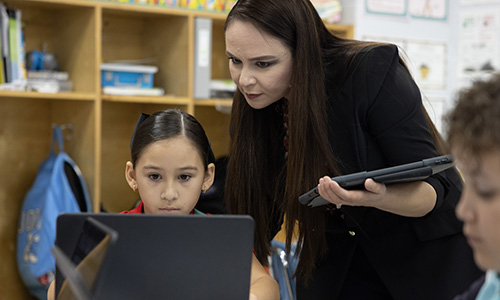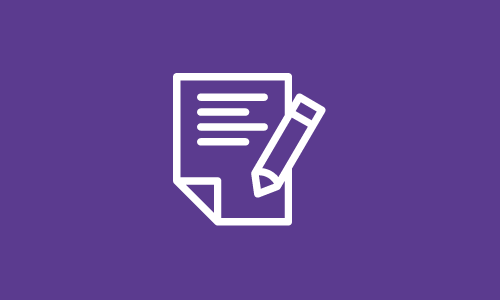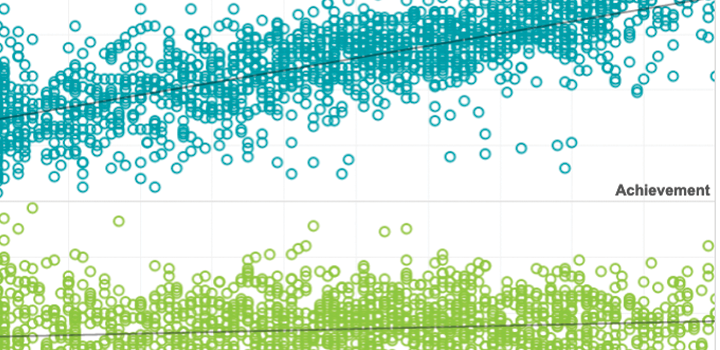White paper
The impact of a technology-enhanced math performance task on student cognitive engagement in mathematics
2017

Description
Technology may play a critical role in impacting student engagement, specifically
within an assessment context. Using a mixed methods approach, I examined the
relationship between varying degrees of technology-enhancements applied in a
mathematics performance task on the outcome of student cognitive engagement. Using a
counterbalanced quasi-experimental design, I evaluated the impact of three performance
task platforms on student self-reported cognitive engagement in from a sample of
students in grades 6-8 in Oregon, Washington, and North Carolina (N = 450). The three
performance task platforms (a) included technology-enhanced (technology-based
including animation and interactivity), (b) technology-enabled (computer-based without
including animation and interactivity), (c) and paper-and-pencil. The measure used for
cognitive engagement (CE-S-DSP & SOS) was a hybrid of previously used self-reporting
tools and showed preferable reliability for the overall score of cognitive engagement.
The data were not able to be explored using a 5-factor confirmatory factory analysis, due
to model fit limitations.
Results from the between subjects analysis of variance and did not suggest a
relationship between performance task platform (modality type) and student cognitive engagement. Qualitative interview data indicated that students preferred using technology
to take tests and overall showed favorability for the technology-enhanced performance
task, specifically the interactivity and animations to help visualize and work through the
problem. Yet, despite the positive links to technology-enhancements, there were features
of paper-and-pencil tasks that students appreciated such as the ability to navigate between
the items and the ability to take notes. Results indicated that just putting tests on
computers may not be enough and technological affordance should be purposefully
implemented. Findings from this study can help inform future use of platform type,
technological enhancements employed, and strategies for technology use within an
assessment context.
Topics: School & test engagement, Math & STEM








